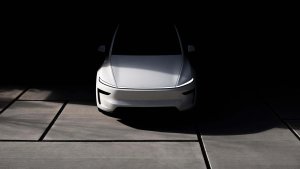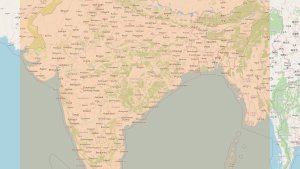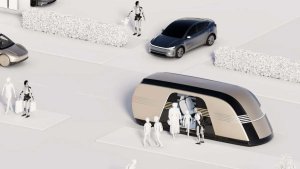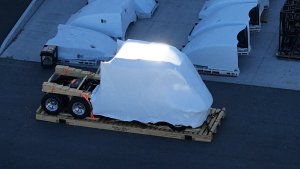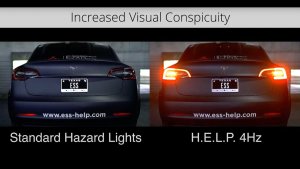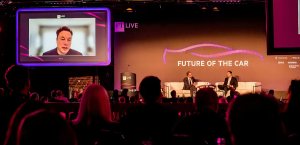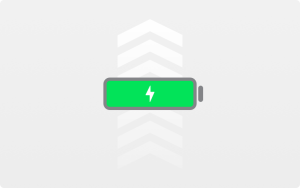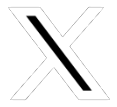Tesla Pioneers the Future: How Autonomous Cars Will Transform Transportation
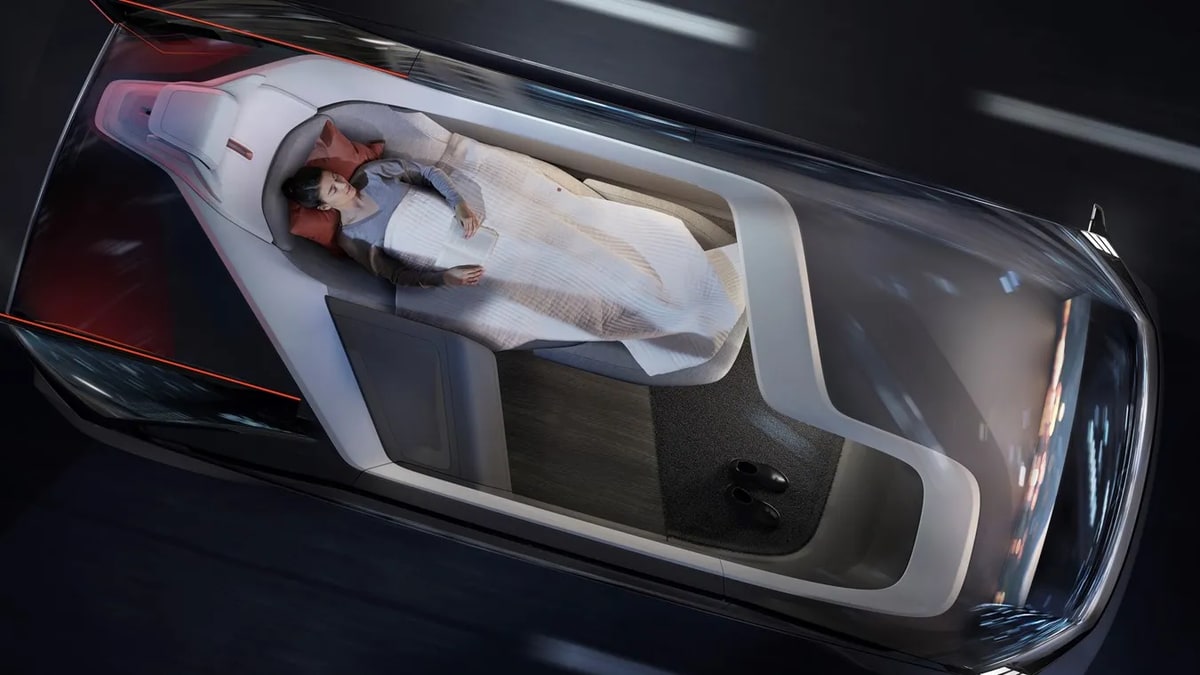
The future of cars and transportation is electric and autonomous, with the trailblazing Tesla leading the charge. Under the visionary leadership of Elon Musk, Tesla's groundbreaking electric vehicles (EVs) and Full Self-Driving (FSD) technology have significantly influenced the shift toward sustainable and automated transportation solutions.
The Robotaxi Revolution: Ultra-Durable Electric Cars and Tesla's Ambitions
In the not-so-distant future, electric cars, including Tesla's models, are expected to achieve a staggering lifetime of over 1 million miles on a single motor and battery. This breakthrough will substantially reduce maintenance costs and prolong vehicle lifespans. Alongside the development of self-driving technologies, these ultra-durable electric cars will revolutionize the transportation industry, paving the way for affordable robotaxi services.
Elon Musk envisions a Tesla robotaxi, and it's been listed as "in development." The network would provide cost-effective and accessible transportation for everyone. With vehicles operating around the clock, the average individual will find using a Tesla robotaxi significantly more cost-effective than owning a car.
Full Self-Driving Technology: Impact on Cities and Lifestyles
Tesla's FSD technology will have profound implications for cities and lifestyles. As commutes become more comfortable and productive, people may be more willing to endure longer travel times, potentially leading to urban sprawl and a reimagining of residential areas.
Tesla's advancements in autonomous driving are reshaping the landscape of car ownership. The development of specialized vehicles, such as Tesla's robotaxi, will cater to a wide range of needs and preferences, diminishing traditional car ownership's appeal.
For instance, autonomous RVs could be used for extended family trips, while office-oriented taxis equipped with desks and monitors could offer mobile workspaces during commutes. This unprecedented flexibility in vehicle types, driven by Tesla's innovation, will redefine the concept of car ownership, making it less attractive for those who prioritize diversity and convenience.
The Ripple Effect: Changes in Home Design and Urban Planning
The widespread adoption of Tesla's electric and autonomous vehicles will also have a ripple effect on home design and urban planning. As car ownership decreases, the need for garages in residential homes may also decline. Architects and homebuilders will need to rethink traditional designs, potentially repurposing garage spaces for alternative uses or eliminating them.
Furthermore, Tesla's FSD technology will revolutionize urban planning, with the potential for reduced parking requirements, repurposing parking lots and structures, and reevaluating public transportation. This technology might also encourage people to travel more, increasing overall vehicle usage but potentially offsetting this by reducing the number of cars on the road due to shared mobility services.
Innovative Vehicle Concepts for an Array of Activities
Tesla has been working on adding more entertainment to the car to offer things to do while charging. However, that may just be the beginning. The future of transportation will witness the emergence of various vehicles designed explicitly for specific activities. From dining, chatting, and drinking with friends to playing games, sleeping, and watching movies, specialized autonomous vehicles will cater to many scenarios.
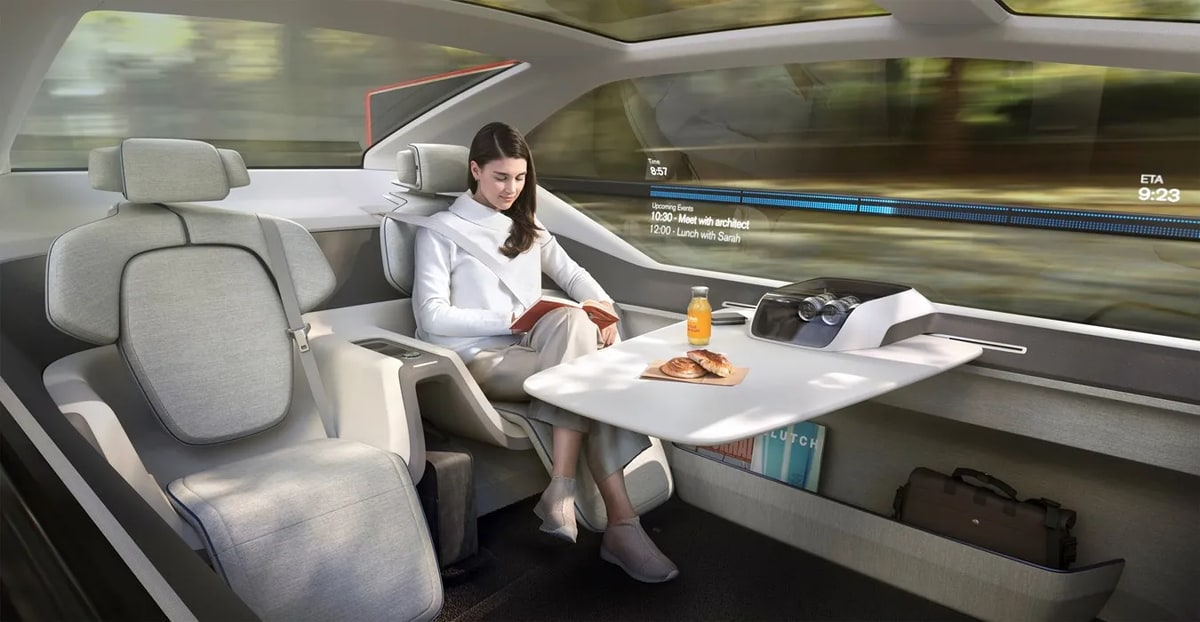
Imagine a world where you can shower and get ready for work while commuting or host a mobile dinner party with friends. The possibilities are endless, further reducing the appeal of conventional car ownership and promoting a shift towards customizable, on-demand transportation services.
Navigating the Environmental and Social Implications
The widespread adoption of electric and autonomous vehicles, led by Tesla, will bring about significant environmental and social implications. As electric cars replace traditional combustion engines, greenhouse gas emissions will be reduced, helping to combat climate change and improve air quality. Additionally, the shift towards renewable energy sources for charging EVs will further contribute to a greener future.
Socially, the transition to autonomous vehicles may lead to reduced traffic accidents, as most accidents are caused by human error. This could save countless lives and reduce the economic burden associated with collisions. However, there will also be challenges to overcome, such as potential job displacement for professional drivers and the need for new infrastructure to support electric and autonomous vehicles.
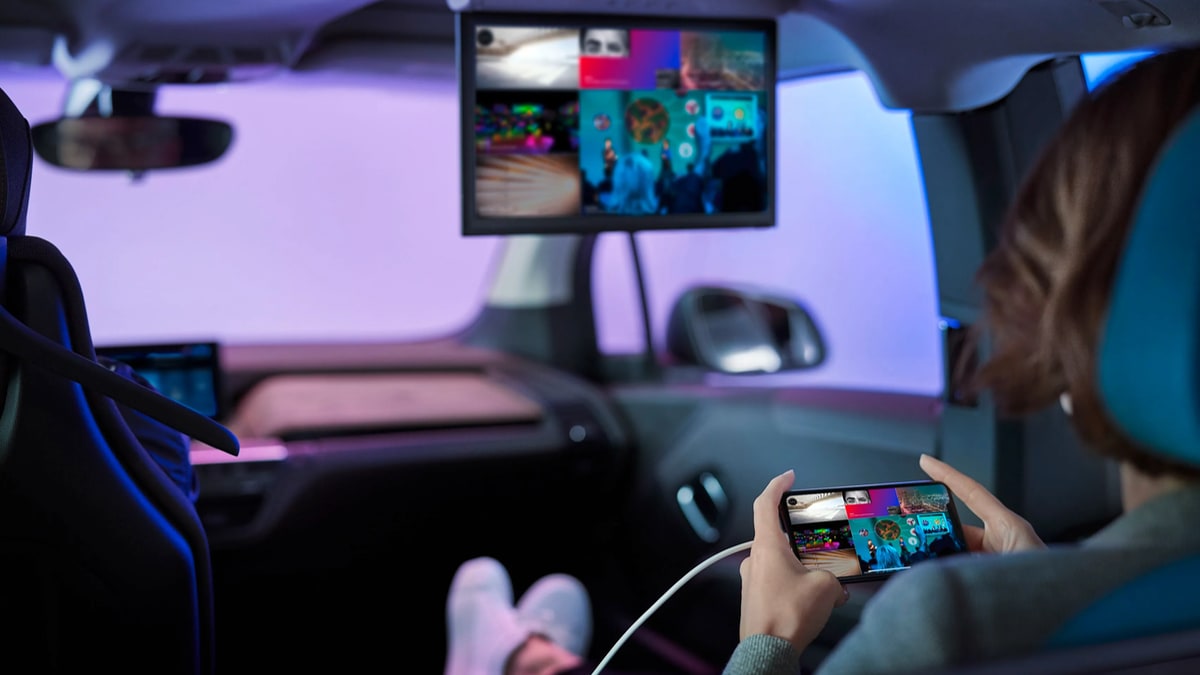
Regulatory and Ethical Considerations in a Transformative Era
As the future of transportation evolves, regulatory and ethical considerations will become increasingly important. Governments must develop comprehensive policies to facilitate the adoption of electric and autonomous vehicles, ensuring safety and managing potential disruptions in the job market.
Ethical considerations, such as responsibility in the event of an autonomous vehicle accident or the potential misuse of passenger data, must also be addressed. Collaboration between governments, vehicle manufacturers, and technology providers will be essential in navigating these complex issues and ensuring a smooth transition toward the future of transportation.
Embracing Tesla's Vision for the Future of Transportation
The future of cars, car ownership, and transportation, led by Tesla, promises to be a transformative journey. The shift towards ultra-durable electric cars, robotaxi services, and specialized vehicles will revolutionize how we travel, transforming our daily commutes and reducing the need for personal car ownership. Tesla's FSD technology will reshape cities and lifestyles, presenting both opportunities and challenges as we adapt to new paradigms in urban planning and daily life.
Embracing this future, guided by Tesla's vision, will require collaboration between stakeholders, thoughtful regulation, and a commitment to addressing environmental, social, and ethical concerns. As we continue down this path, the potential for a safer, greener, and more convenient transportation landscape becomes increasingly attainable, solidifying Tesla's position as a leader in the new era of mobility that will impact every aspect of our lives.












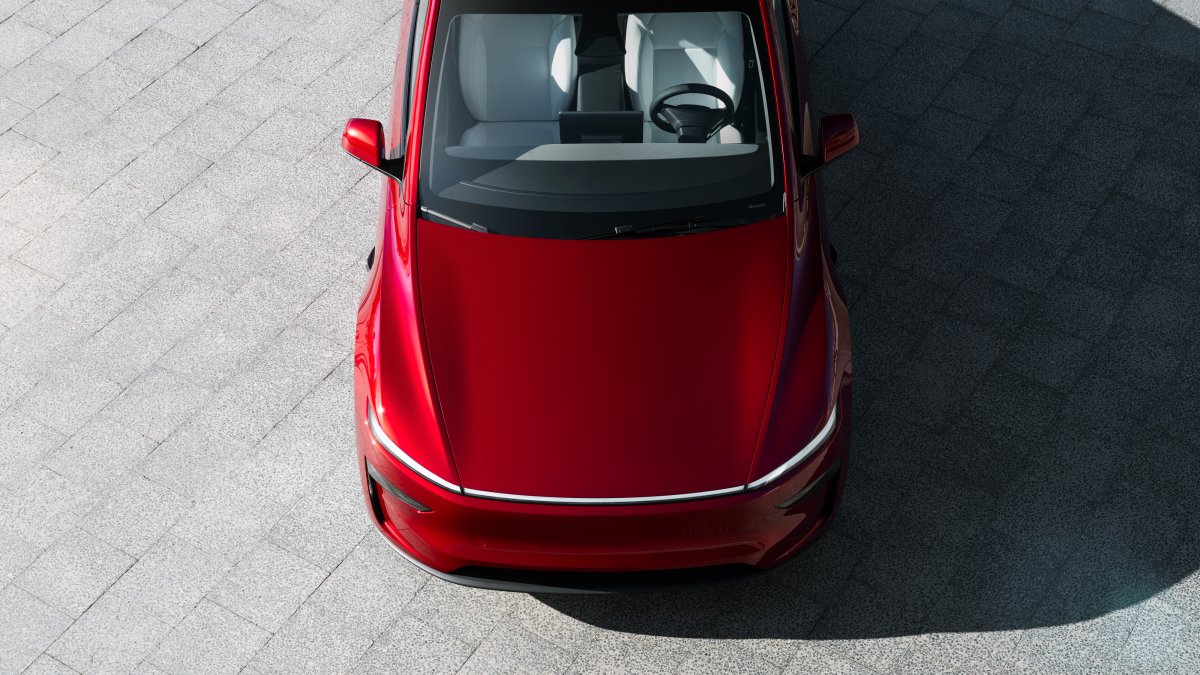
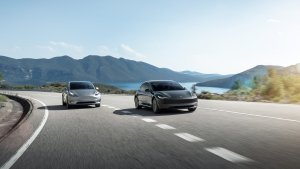

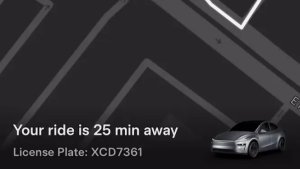
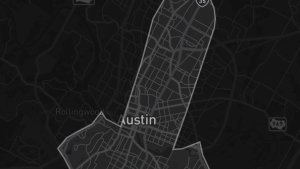
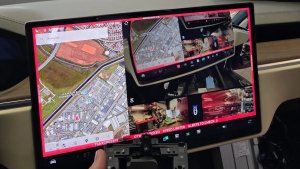
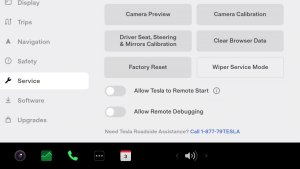
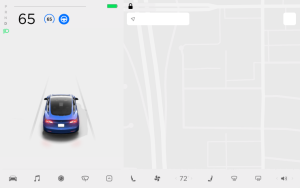
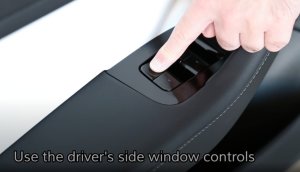
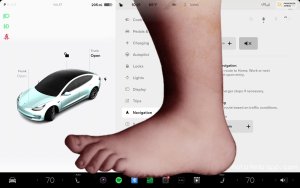
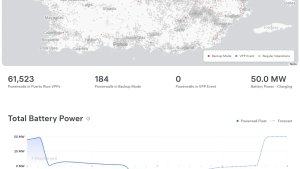
![Tesla Software Update 2025.26: Grok, Light Sync, Audio Presets and More [VIDEO]](https://www.notateslaapp.com/img/containers/article_images/tesla-update/light-sync-update.jpeg/e84ab2f1fe12f493a75927db105a9586/light-sync-update.jpg)
